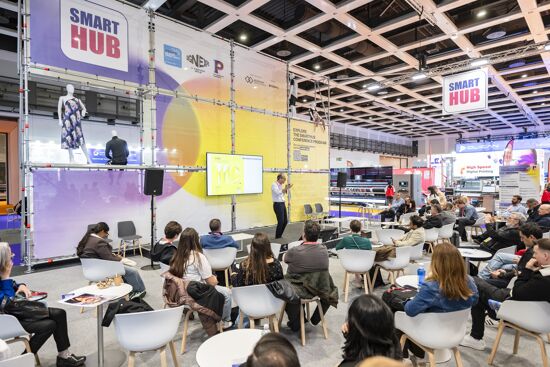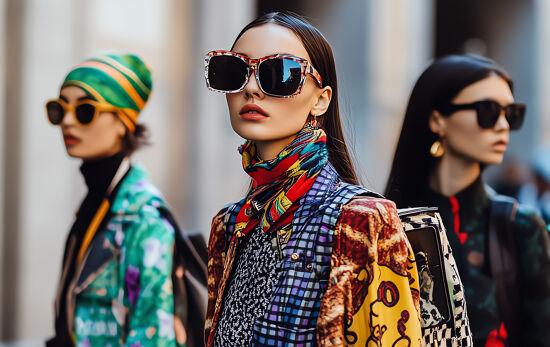Measuring energy usage of digital printers
In her 250th Verdigris blog, Laurel Brunner looks at the growing awareness of sustainability in the graphics industry.
Over the last five years or so we have covered all manner of environmental matters relevant to the graphics industry. But has it made any difference to the market’s sustainability awareness?
It’s no more than a vanity to say that it has, so far better to look at any scraps of evidence, but evidence of raised environmental awareness is impossible to attribute to these blogs.
One very clear and obvious difference compared to where we were five years ago is the number of environmental ISO standards published or under development for graphics professionals. ISO 16759 for calculating the carbon footprint of printed matter was published in July 2013. There are now at least two carbon calculators certified to this standard.
A similar document for calculating the carbon footprint of electronic media is almost ready for submission to ISO for publication. ISO 20294 (Quantification and communication for calculating the carbon footprint of e-media) can be used alongside ISO 16759 and other documents as part of a larger evaluation of the environmental impact of print.
Other documents in the works are ISO 20690 for measuring the energy usage of high speed digital printing engines with low incidences of transitional power surges and ISO 21632. This document provides directions for measuring the energy usage of digital printing engines with frequent power surges, such as those used in wide format digital printing.
Both standards provide data to assist investment decisions for printers and print buyers as well as for developers of new digital printing technologies. Both are in their final stages prior to publication. A less progressed document is ISO 21331 for assessing the deinkability potential of print. Work on this has been uphill but we are making relentless progress with it.
Another document is at its journey’s start. A series of ISO standards will provide environmental declarations for different categories of print, providing a common reference for the many eco-labels available. This new ISO standard will provide a reliable and consistent data source for ecolabels. The first document in the series is for packaging and labels.
So overall has this blog made a difference to awareness of the environmental impact of print? There really is no way of knowing, but we hope that the standards work, the general awareness of sustainability in the industry and the improved environmental impact of processes and equipment are making a real difference.
If the Verdigris project and these blogs have contributed, even in a very small way, then the graphics industry is heading in the right direction.
Source: This article was produced by the Verdigris project, an industry initiative intended to raise awareness of print’s positive environmental impact. This commentary helps printing companies keep up to date with environmental standards, and how environmentally friendly business management can help improve their bottom lines. Verdigris is supported by the following companies: Agfa Graphics, Spindrift.click, EFI, FESPA, HP, Kodak, Kornit Digital, Ricoh, Splash PR, Unity Publishing and Xeikon.
Topics
Interested in joining our community?
Enquire today about joining your local FESPA Association or FESPA Direct
Recent news

Industry Experts Explore the Evolution of Smart Manufacturing in the Textile Industry
A FESPA SmartHUB roundtable at Personalisation Experience 2025 discussed smart manufacturing's transformative impact on the textile industry. Experts highlighted the shift to on-demand customisation, driven by digital printing, data analytics, and automation. Key takeaways included enhanced machine control, significant waste reduction through intelligent software and colour management, and improved sustainability via energy efficiency and near-shoring, ensuring agility and environmental responsibility in textile production.

FESPA 2025 gathers leading visionaries from across the speciality print industry in Berlin
FESPA Global Print Expo 2025, European Sign Expo and Personalisation Experience (6 – 9 May 2025, Messe Berlin, Germany) welcomed Visionaries from across the speciality print industry to shape the future of print, develop forward-thinking business strategies, and explore innovative ways to translate emerging industry trends into tangible growth opportunities.

Exploring Cutting-Edge Textile Printing Innovation with Adobe Print Engine 7
Adobe PDF Print Engine 7, launched at FESPA Global Print 2025, significantly advances textile printing. Debbie McKeegan shares how it automates non-white substrate management and RGB colour handling, expands colour gamuts with in-RIP multicolour transparency blending, and streamlines workflows for efficiency and sustainability. This update boosts customisation, reduces waste, and positions businesses at the forefront of digital print innovation.

FESPA Global Print Expo 2025 - Overall Highlights
FESPA Global Print Expo, Europe's leading print and signage exhibition returned to Messe Berlin from 6 - 9 May 2025.